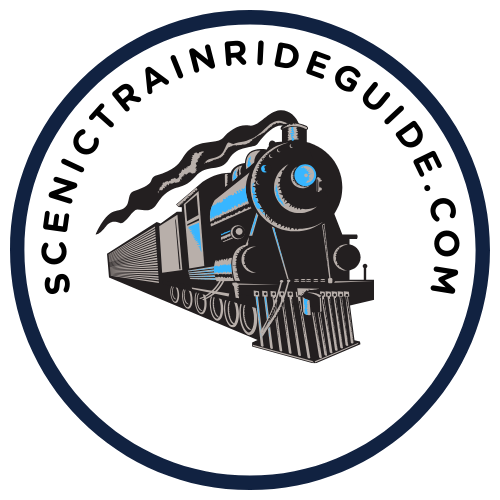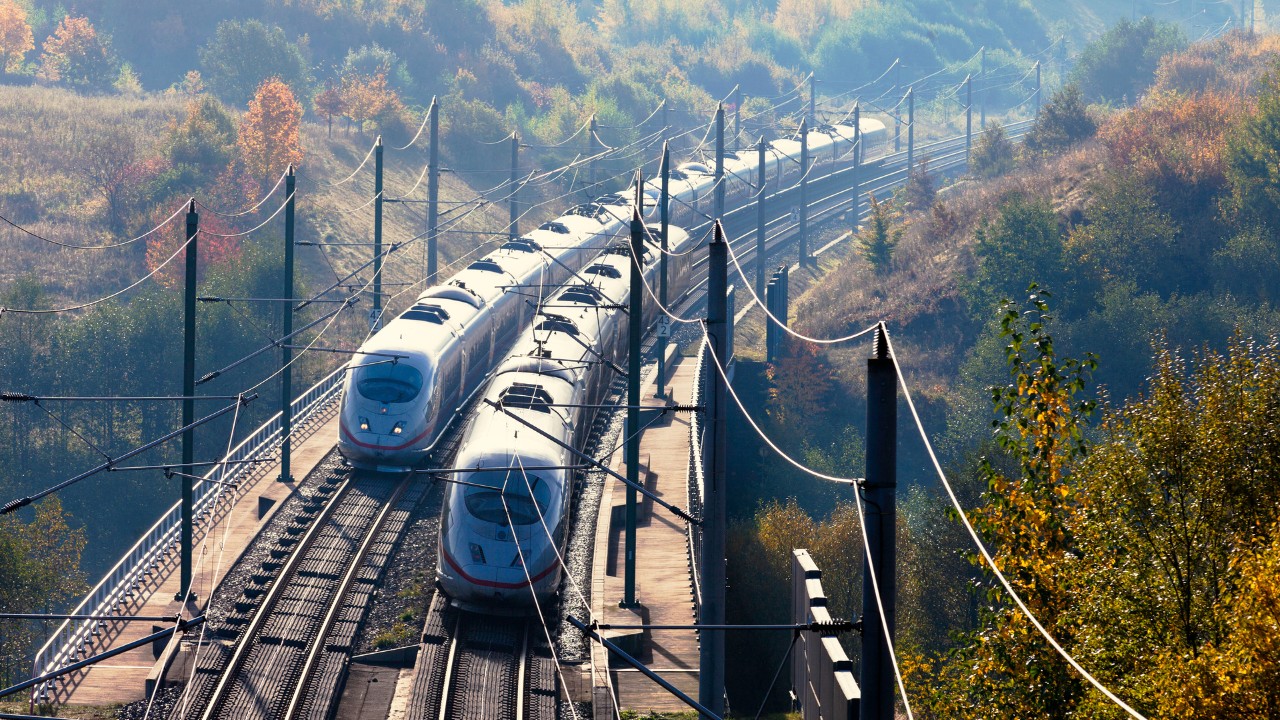Japan’s bullet trains, known as “Shinkansen,” are famous worldwide for their speed, efficiency, and comfort. They connect major cities across the country, providing both locals and tourists with a seamless travel experience. Whether you’re racing between skyscrapers or zooming past Mount Fuji, each Shinkansen ride is unique. Let’s start with a list of these rides first before diving into the details of each one:
6 most famous Bullet Trains in Japan:
- Tokaido Shinkansen (Tokyo – Kyoto – Osaka)
- Tohoku Shinkansen (Tokyo – Sendai – Aomori)
- Hokuriku Shinkansen (Tokyo – Kanazawa)
- Sanyo Shinkansen (Osaka – Hiroshima – Fukuoka)
- Kyushu Shinkansen (Fukuoka – Kagoshima)
- Hokkaido Shinkansen (Aomori – Hakodate)
Each of these Bullet Train rides have their own key features and reasons to check them out and what I’ll be doing in a moment is covering each one in details, as well as what to expect should you decide to check them out.
1. Tokaido Shinkansen:
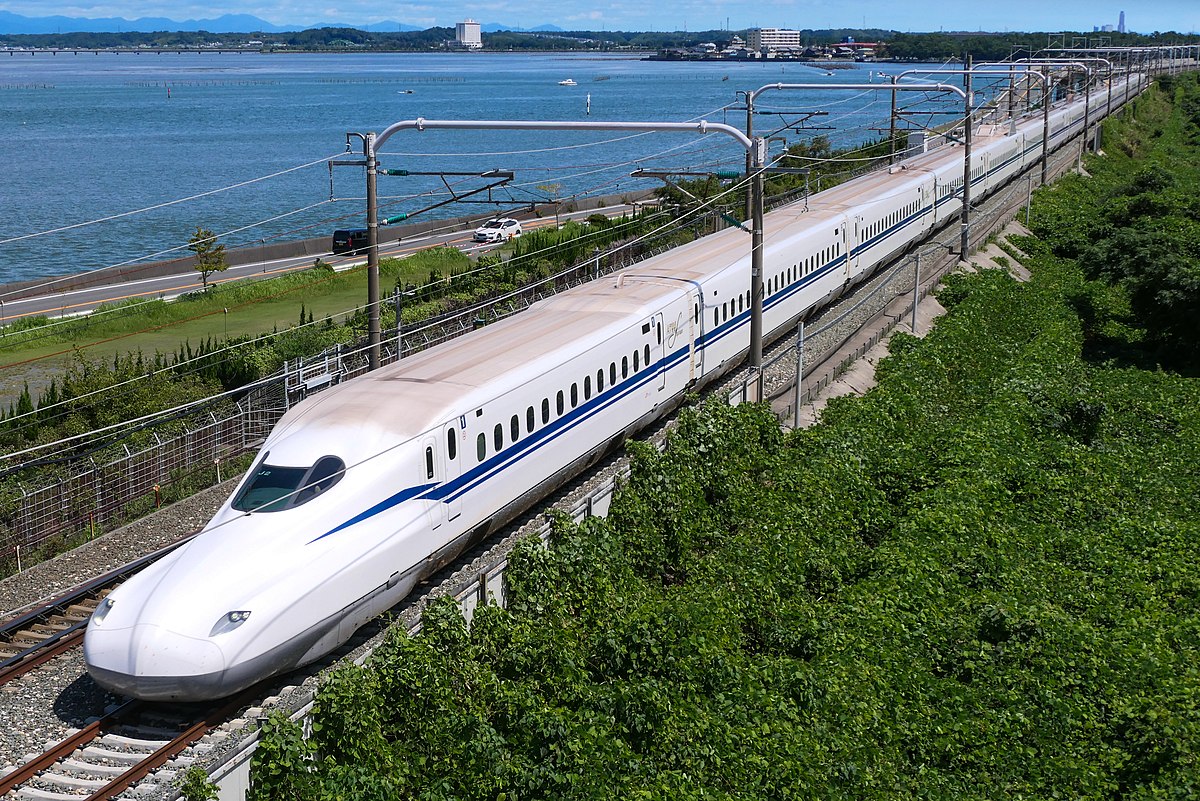
The Tokaido Shinkansen is the most famous and oldest bullet train line, connecting Tokyo with Kyoto and Osaka. It’s a popular route for tourists as it passes iconic sights like Mount Fuji. The ride is smooth and offers scenic views of both urban and natural landscapes.
Duration:
- Tokyo to Osaka: Approximately 2.5 hours (Nozomi), 3 hours (Hikari)
Ticket Prices:
- Tokyo to Kyoto: ¥13,320 (Ordinary Seat)
- Tokyo to Osaka: ¥14,520 (Ordinary Seat)
- Green (First Class) seats are more expensive, ranging from ¥19,000 to ¥20,000 depending on the train type.
Best time to go: Spring (March to May) and Autumn (October to November)
2. Tohoku Shinkansen:
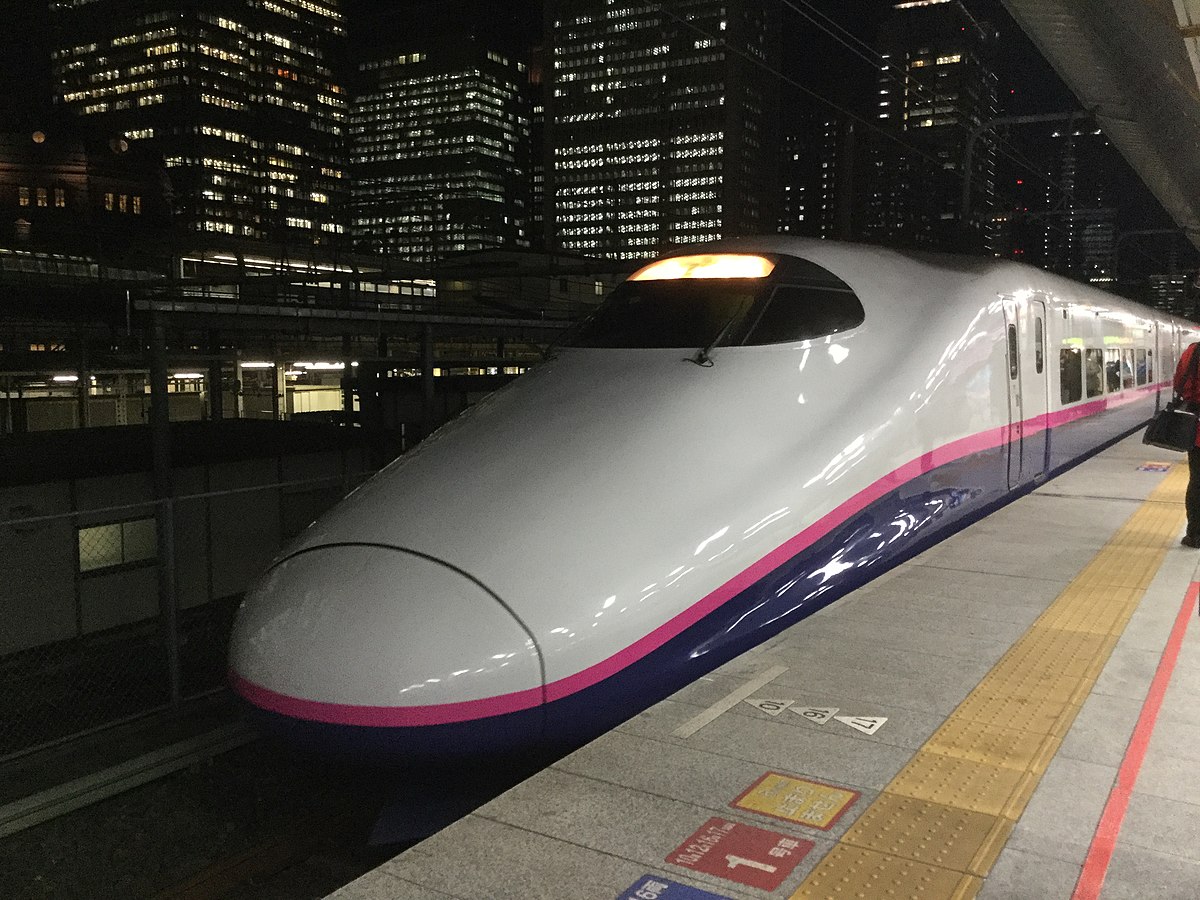
Running from Tokyo to the northern region of Japan, this line connects to Sendai, Aomori, and Akita. It’s a great option for those exploring northern Japan’s rural beauty and cultural sites. The line also offers access to the popular hot spring destinations of the Tohoku region.
Duration:
- Tokyo to Sendai: Approximately 1.5 hours
- Tokyo to Aomori: Approximately 3 hours
Ticket Prices:
- Tokyo to Sendai: ¥11,000 (Ordinary Seat)
- Tokyo to Aomori: ¥17,500 (Ordinary Seat)
Best time to go: Autumn (October to November) and Winter (December to February)
3. Hokuriku Shinkansen:
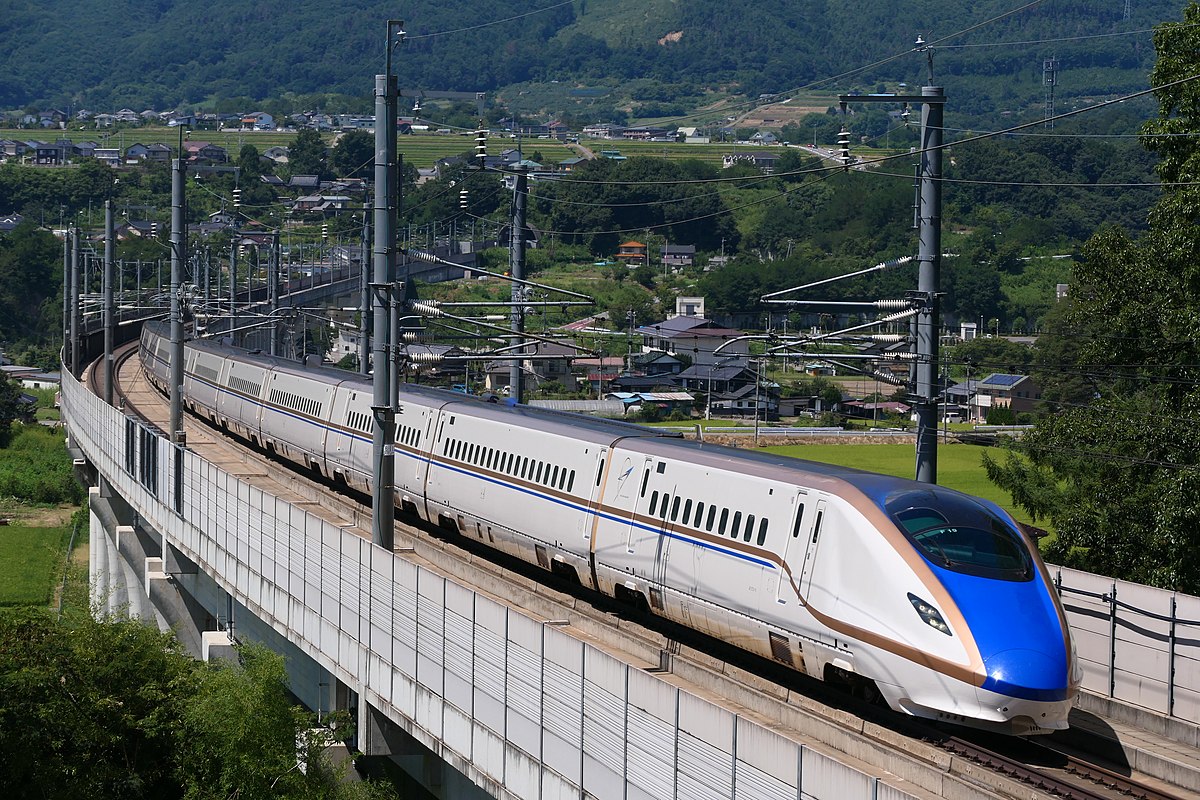
Connecting Tokyo to Kanazawa, the Hokuriku Shinkansen offers a journey through historic towns, mountainous landscapes, and coastal views. The train is ideal for those heading to the traditional town of Kanazawa, known for its well-preserved samurai and geisha districts.
Duration:
- Tokyo to Kanazawa: Approximately 2.5 hours
Ticket Prices:
- Tokyo to Kanazawa: ¥14,000 (Ordinary Seat)
Best time to go: Spring (April) and Autumn (October to November)
4. Sanyo Shinkansen:
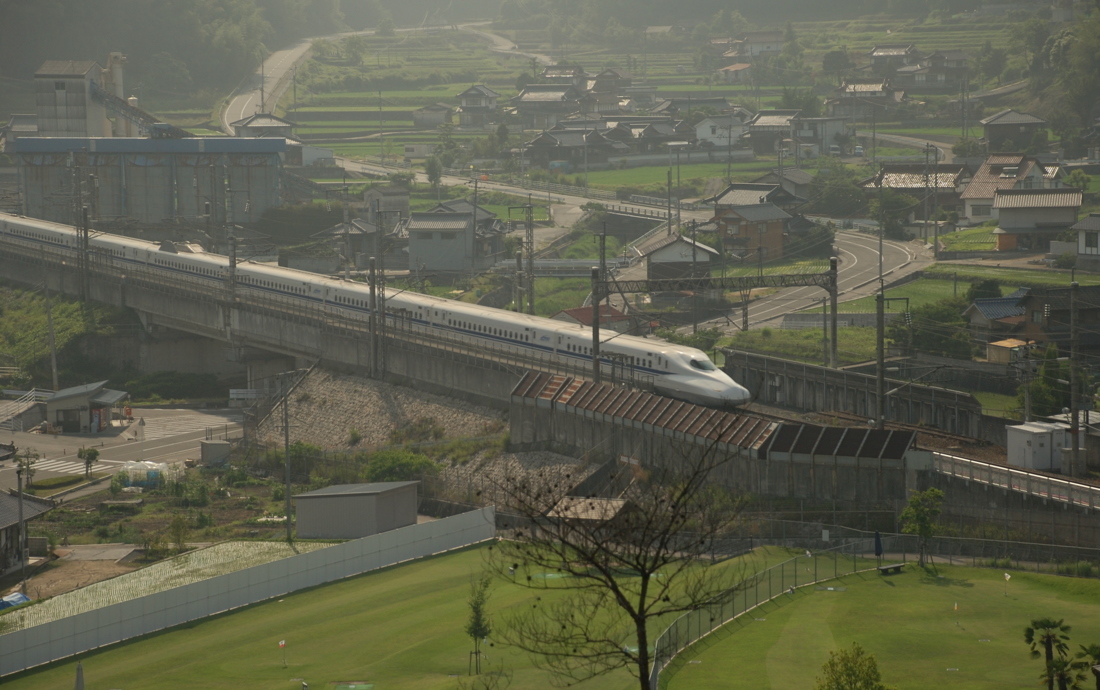
Extending from Osaka to Fukuoka, the Sanyo Shinkansen covers the western part of Japan, passing through cities like Hiroshima and Okayama. It’s perfect for travelers exploring Japan’s historic and cultural sites, including the Hiroshima Peace Memorial and Himeji Castle.
Duration:
- Osaka to Hiroshima: Approximately 1.5 hours
- Osaka to Fukuoka: Approximately 2.5 hours
Ticket Prices:
- Osaka to Hiroshima: ¥10,600 (Ordinary Seat)
- Osaka to Fukuoka: ¥15,000 (Ordinary Seat)
Best times to go: Spring (March to May) and Autumn (October to November)
5. Kyushu Shinkansen:
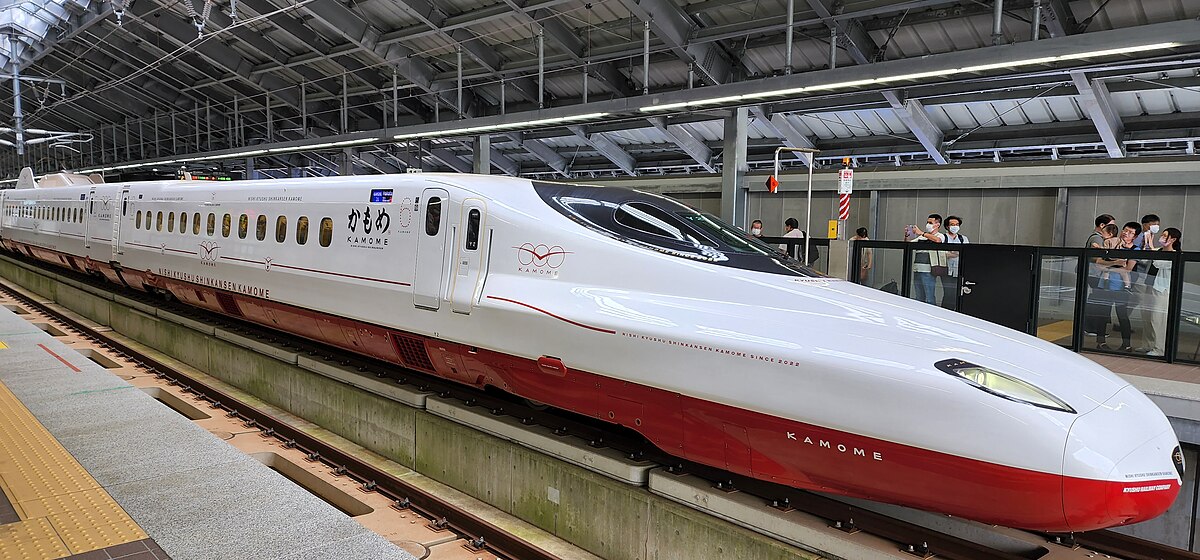
Connecting Fukuoka to Kagoshima in southern Japan, this Shinkansen route runs through the island of Kyushu. The ride showcases scenic views of Kyushu’s mountains and coastline, with stops at cities known for their hot springs and volcanic activity, like Kumamoto.
Duration:
- Fukuoka to Kagoshima: Approximately 1.5 hours
Ticket Prices:
- Fukuoka to Kagoshima: ¥10,500 (Ordinary Seat)
Best times to go: Winter (December to February) and Spring (March to May)
6. Hokkaido Shinkansen:
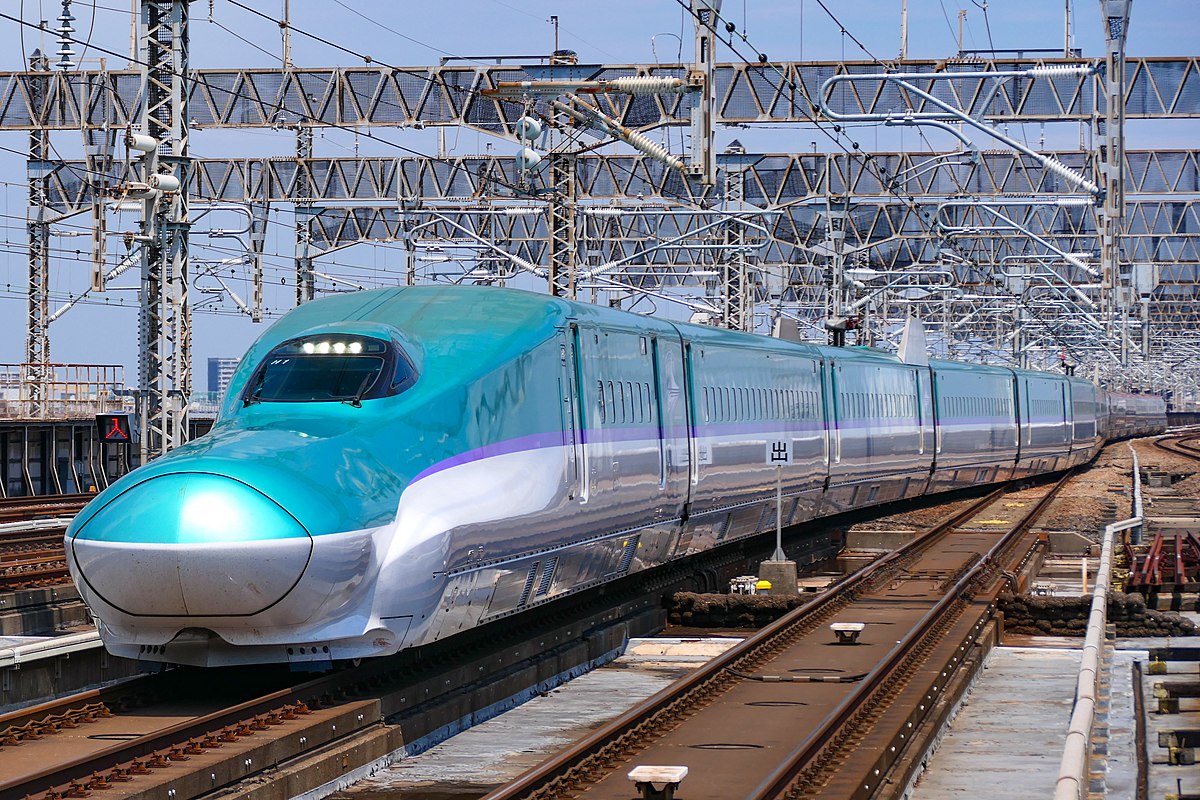
This is the newest Shinkansen line, connecting Aomori in northern Honshu to Hakodate on Hokkaido Island. The route travels under the sea through the Seikan Tunnel, one of the longest tunnels in the world. It’s a gateway for exploring Hokkaido’s snowy landscapes and unique culture.
Duration:
- Aomori to Hakodate: Approximately 1 hour
- Tokyo to Hakodate: Approximately 4 hours
Ticket Prices:
- Aomori to Hakodate: ¥7,000 (Ordinary Seat)
- Tokyo to Hakodate: ¥23,000 (Ordinary Seat)
Best times to go: Winter (December to February) and Summer (June to August)
How fast are these rides?
Generally speaking the 6 train rides above travel anywhere from 200-350KM per hour.
Travel tips:
- Get a JR Pass: If you’re traveling extensively across Japan, consider purchasing a Japan Rail Pass. This pass offers unlimited travel on most Shinkansen lines for a fixed price, making it cost-effective.
- Make reservations: While non-reserved seats are available, it’s often best to reserve your seats, especially during peak travel seasons like Golden Week.
- Comfort & Facilities: Shinkansen trains are known for their comfortable seats, spacious legroom, and onboard amenities like Wi-Fi, power outlets, and snack carts.
- Peak Seasons: Golden Week (late April to early May), Obon (mid-August), and New Year holidays are busy, with crowds and higher prices. If possible, avoid these times or book your seats in advance.
- Festivals: Time your travels to coincide with local festivals like Kyoto’s Gion Matsuri (July) or Sapporo’s Snow Festival (February) for a unique cultural experience.
Japan’s bullet trains are more than just a mode of transport, they’re an experience in themselves, combining cutting-edge technology with unparalleled hospitality. Whether you’re zipping between cities or savoring scenic views, a Shinkansen ride is a must on any Japan itinerary.
